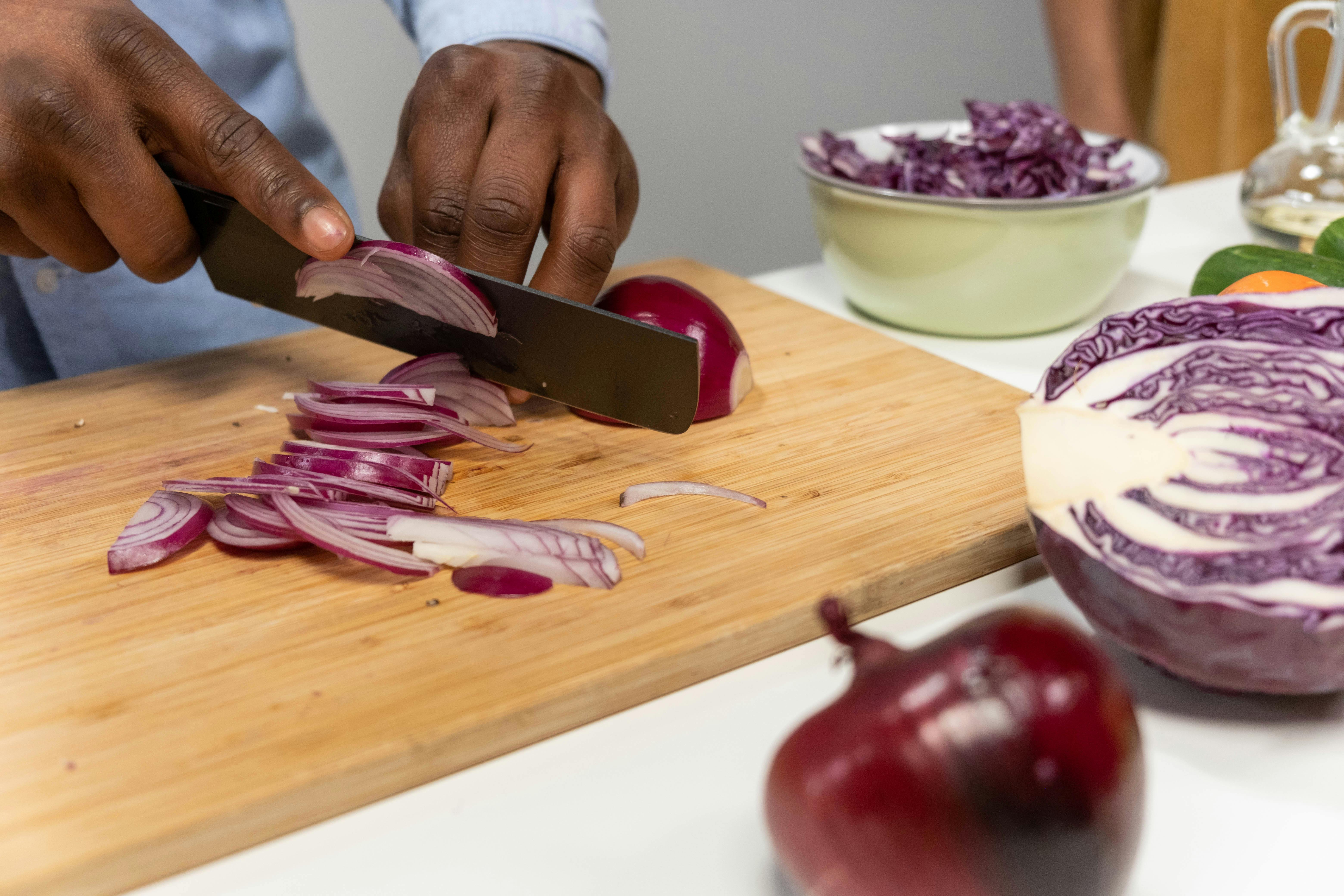6 Metal Sculpture Materials And How To Determine The Difference Between Them
There are a number of circumstances where the owner of a metal sculpture may need to determine exactly what material a piece is made of. They may need to write a description of the item to sell or insure. In other cases, a piece has been damaged and when requesting its repair, the restorer/conservator needs to know the material in order to give a quick estimate.
In any case, people often assume that metal sculptures are bronze, which is not a bad assumption as it is the most commonly used material for cast metal sculpture. But cast metal sculpture can also be poured from iron, zinc, lead, gold or silver. There are several indicators that can lead to a conclusion of what metal you have.
First, look at the surface of the part. If it has been exposed to the elements without proper finishing and waxing, the part may show corrosion. Corrosion will have a different appearance on different metals. Second, if a part of the sculpture breaks, this is an opportunity to look at the unfinished material, which can be very helpful. There are a couple more tips for different metals that I will discuss in each topic.
BRONZE. Most of the older European bronzes were poured into what is called “red brass,” which is 85% copper, 5% tin, 5% lead, and 5% zinc. This combination of metals was used to improve the performance of the metal during the pouring, finishing and patination process. A corroded bronze sculpture will have a light greenish hue and possibly a patchwork of irregular black and green areas.
In a breakout, the metal will have a slightly reddish golden quality. When you try to scratch the inside with a sharp object, it may leave a slight scratch, but it will be somewhat hard and will not leave burrs on the cut edges.
ZINC. A very common metal for less expensive sculptures, but one that can still be highly prized. The casting process requires a reduction in heat as the melting temperature is lower. Zinc is a metallic element and is normally silver-gray in color. Corrosion on zinc will be white. Many of the fine zinc pieces are copper plated and then patinated and sealed. Over time, both the patina and the coating can wear off and completely disappear.
The color of the metal when broken will be very bright and it will have a large crystal structure. Some of the facets of the structures will be extremely bright, especially if it is a fresh break. The inner surface of the tear is smooth and can be easily scratched and you will feel a raised burr on the edge.
GOLD. Very few sculptures are made of pure gold except for many Egyptian and pre-Columbian pieces. A more widespread use of gold is to coat bronze sculptures with a layer of gold. Gold does not tarnish over time, but if not kept clean it can become discolored by dust and dirt.
SILVER. There are some sculptures made with pure silver, but a more common use is to coat bronze or zinc sculptures. Like silver jewelry or tableware, they will tarnish when not kept polished.
MOLTEN IRON. Place a small magnet near the surface of your piece. If it attracts, then your piece is probably cast iron.
LEAD. There are some sculptures made of pure lead. They are extremely heavy and the corrosion will be white.
Obviously, it would be more useful to have sculptures of different materials to compare with each other to illustrate the differences described in this article. If you’re so inclined and have the time and interest, I recommend visiting a museum or art gallery to compare what you see with your piece and perhaps have a chat with the curator or installation expert. In the end, you may still need to contact a professional to help you with the process. However, with a little observation and research on your own using the information above, you will at least be well informed and ready to discuss conditions in a way that will be useful and helpful.
